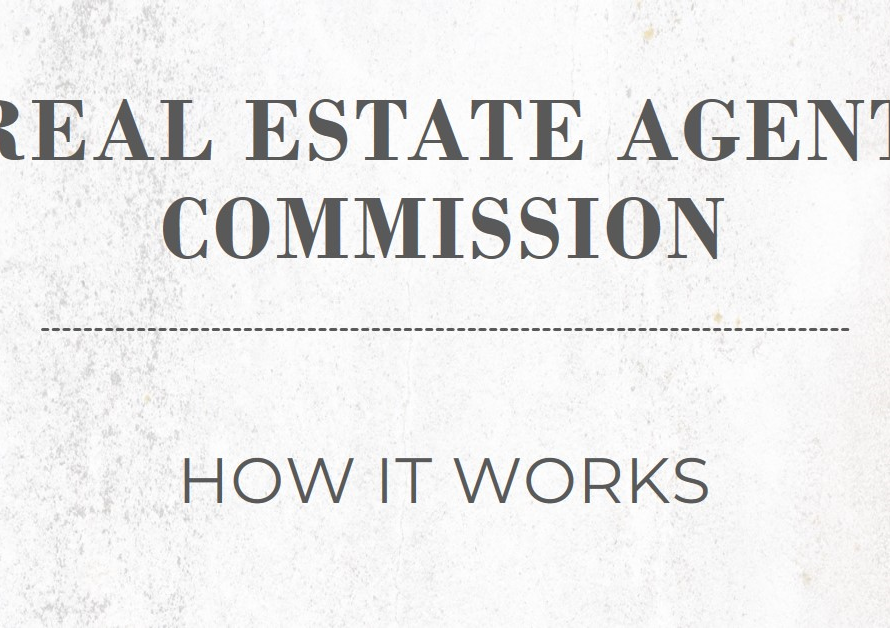
Table of Contents
1. Introduction: The Art of Negotiation in Hiring
Negotiating a fair price with an architectural visualization artist is an essential skill for any design project manager or business owner. While quality visualization work is invaluable in bringing your designs to life, it’s important to strike a balance between budget constraints and the value provided by the artist’s expertise. In this guide, we’ll explore strategies for negotiating a good price with an architectural visualization artist, ensuring that you get the best possible outcome for your project.
2. Understanding the Value: Assessing the Scope of Work (Architectural Visualization)
Before entering into negotiations with an architectural visualization artist, it’s crucial to have a clear understanding of the scope of work required for your project. This includes the number of renderings or animations needed, the level of detail required, and any specific technical or creative requirements. By accurately assessing the scope of work, you can provide the artist with clear guidance and expectations, allowing them to provide a more accurate price estimate based on the time and resources required to complete the project to your satisfaction.
3. Researching Market Rates: Benchmarking Prices
One of the key principles of negotiation is being informed about market rates and industry standards. Take the time to research prevailing rates for architectural visualization services in your area or industry, taking into account factors such as experience level, portfolio quality, and specialization. This information will serve as a benchmark during negotiations, allowing you to assess whether the artist’s proposed price is reasonable and competitive based on the value they bring to the table.
4. Building a Relationship: Prioritizing Collaboration
Negotiation is not just about haggling over price—it’s also about building a mutually beneficial relationship with the architectural visualization artist. Approach negotiations with a collaborative mindset, focusing on finding common ground and reaching a win-win outcome for both parties. Express appreciation for the artist’s talent and expertise, and demonstrate your commitment to fostering a positive working relationship based on trust, respect, and transparency. By prioritizing collaboration and open communication, you can lay the foundation for a successful partnership that extends beyond the negotiation process.
5. Communicating Your Budget: Setting Clear Parameters
Transparent communication is essential when negotiating with an architectural visualization artist, especially when it comes to budget constraints. Clearly communicate your budget limitations upfront, providing the artist with a realistic understanding of what you can afford to pay for their services. Be honest about your financial constraints while also expressing your commitment to compensating them fairly for their work. By setting clear parameters around your budget, you can guide the negotiation process and ensure that both parties are aligned in their expectations.
6. Leveraging Value-Added Services: Maximizing ROI
In addition to negotiating the price for basic visualization services, consider leveraging value-added services or add-ons to maximize the return on investment (ROI) for your project. This could include additional revisions or iterations, expedited delivery times, or complementary services such as 3D modeling or post-production editing. By bundling these value-added services into your negotiation strategy, you can enhance the overall value proposition for the artist while still staying within your budgetary constraints.
7. Offering Incentives: Creating Win-Win Scenarios
Another effective negotiation strategy is to offer incentives or bonuses to the architectural visualization artist based on performance or project milestones. For example, you could offer a bonus payment for completing the project ahead of schedule or achieving exceptional quality standards. By creating win-win scenarios that incentivize the artist to deliver their best work while also rewarding them for exceeding expectations, you can foster a sense of motivation and engagement that benefits both parties in the negotiation.
8. Negotiating Payment Terms: Flexible Arrangements
In addition to negotiating the overall price for architectural visualization services, consider discussing payment terms and arrangements that are mutually beneficial for both parties. For example, you could negotiate a payment schedule based on project milestones or deliverables, with a portion of the fee paid upfront and the remainder upon completion of key stages. Alternatively, you could explore flexible payment options such as installment plans or deferred payments to accommodate your cash flow needs while still providing fair compensation to the artist for their work.
9. Seeking Multiple Quotes: Comparing Options
To ensure that you’re getting a competitive price for architectural visualization services, consider seeking multiple quotes from different artists or studios. This will allow you to compare pricing, quality, and service offerings across a range of providers, giving you a better understanding of the market landscape and helping you make an informed decision. While price is an important factor to consider, remember to also evaluate the artist’s portfolio, experience, and reputation to ensure that you’re choosing a partner who can deliver the results you need for your project.
10. Conclusion: Negotiating with Confidence


In conclusion, negotiating a good price with an architectural visualization artist requires careful planning, clear communication, and a collaborative mindset. By understanding the value of the services provided, researching market rates, building a relationship with the artist, and exploring creative negotiation strategies, you can secure a fair price for your project while also fostering a positive and productive working relationship. Approach negotiations with confidence, knowing that you have the knowledge and tools to advocate for your interests while also respecting the expertise and contributions of the artist. With the right approach, negotiation can be a rewarding process that leads to mutually beneficial outcomes for all parties involved.


